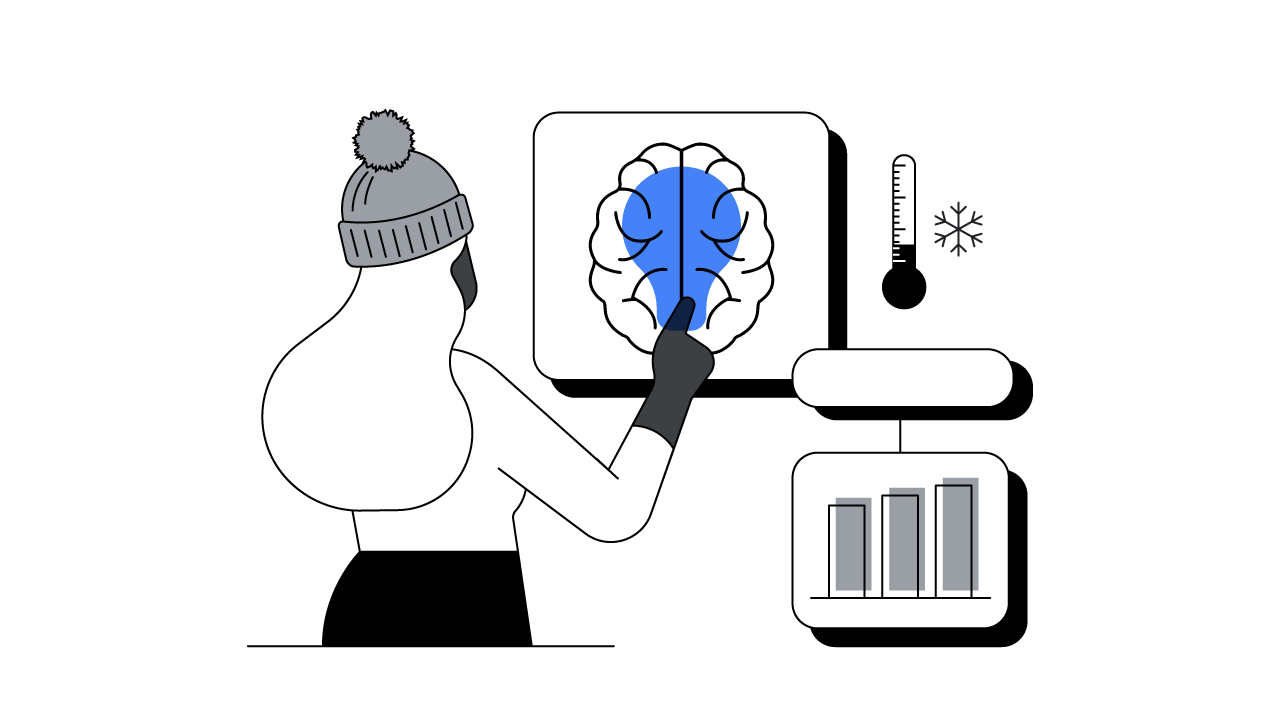
“It’s always easier to do business if you already know what’s going to happen.”
This playful phrase recently became a mantra within the marketing team at the global life science company Bayer.
Bayer’s consumer health marketing team used this phrase as inspiration to create a forecasting model to, in essence, try to predict the future.
Specifically, the team wanted to predict cold and flu search trends around the world to help reach people with the right products to alleviate their symptoms.
Eric Gregoire, senior vice president and global head of digital and media, said the project started in Australia ahead of the nation’s cold and flu season this year. And the prediction model was so successful in improving digital marketing performance that the team intends on expanding the project globally.
Aiming for proactive predictions
Normally, marketing teams collate and analyse large data sets to find customer trends, then adjust their strategy accordingly. Bayer wanted to go a step further.
“We wanted the work to become less reactive and more proactive so we could predict and anticipate how to best reach the right consumer with the right content at the right time,” said Gregoire.
Bayer’s Australia team started the project in early 2022 by combining Google trends data and open-source external data, such as weather and climate information, to try to predict specific trends around the cold and flu season in various Australian regions.
The team started with fairly simple data points, including real-time temperature and public reports of flu cases.
“The most obvious starting point is always the seasonal categories, which provides very clear data points,” said Patricia Corsi, chief marketing, digital, and information officer for Bayer Consumer Health. “The critical data that is available gives you the start of the season; the end of the season.”
Predicting colds with predictive modelling
From there, the team built a forecasting model using Google Cloud machine learning technology. The model is trained to use the data to predict customer search interest in cold and flu products across specific markets.
These predictive insights helped Bayer’s team become more proactive with their marketing planning and strategy.

“The goldmine was in the Search data,” said Gregoire.
“The interesting insights came when our Google partners helped add additional data points on Search trends and other external trends to provide a more detailed picture,” he said.
For example, the model showed that cold and flu season began in early May in Australia, with higher cases than usual for this period. The data indicated a 50% surge in flu cases across the country. While the previous Search strategy relied on keyword coverage across generic terms related to Bayer’s Redoxon cold and flu product, the model allowed for a breakdown of data across states. It showed where and when searches were growing and declining, and revealed emerging search trends relevant to the product.
From there, Bayer could adapt its marketing strategy, using automation to add new keywords and optimise ad copy. This ensured that the most effective, engaging, and personalised ads got in front of the right people at the right time.
As a result, Bayer saw strong Paid Search results: an 85% increase in click through rates year-on-year, and a 33% reduction in cost per click compared to the previous year. Ultimately, it saw a 2.6X year-on-year increase in traffic to its website.
Learning from machine learning: The benefits of a feedback loop
Bayer was open-minded with incorporating new data sets to improve the predictive model over time. And the team removed data sets that ultimately weren’t useful.
One of the most important parts of strategy is to figure out what not to do
There were many opportunities to iterate, test, and scale, said Corsi.
“This process helps you to understand the critical data points that really have an impact. Not only that; you can also understand which data points offer very little incrementality. One of the most important parts of strategy is to figure out what not to do, and which rabbit holes lead to nothing,” she said.
Bringing the team together
The prediction model gave Bayer’s marketing team in Australia additional time to plan and activate more effective campaigns, and it helped other teams across the company too.
For example, if the model indicated there was an increased chance of an early flu season in a particular region, everyone had time to adapt and co-ordinate resources.
Gregoire says the programme helped foster new collaboration opportunities across departments such as IT, marketing, sales, and product supply.
“You suddenly see new potential business applications opening up,” he said. “Our product supply team, for example, is exploring the opportunity to leverage this predictive model to optimise our product distribution models, to help with logistics during peak times.”
Bayer is also exploring the possibility of using the predictive data to strengthen their collaboration with retailers and optimise their activation strategy.
Planning global expansion
Bayer is continuing to test and develop their model in Australia with additional levels of data, before rolling it out to other potential categories, such as allergy products. The team also intends on expanding to other markets, such as the U.S., Europe, the Middle East, and Africa.
The dream is to replicate a similar strategy, with similar capabilities, across all relevant countries and categories. The theory behind Bayer’s programme is technically applicable to any product or any vertical.
“It’s not about the data, it’s the mindset, it is about fostering a data-driven approach,” says Gregoire. “You ask yourself different questions: ‘What data sets would be the most relevant for our consumer in this category?’ ‘What would enable us to make smarter decisions and drive more impact across the organisation?’”
And, of course, the team continually asks themselves the familiar question: ‘What will the future bring?’ But now, they all have a better understanding of the answer.







